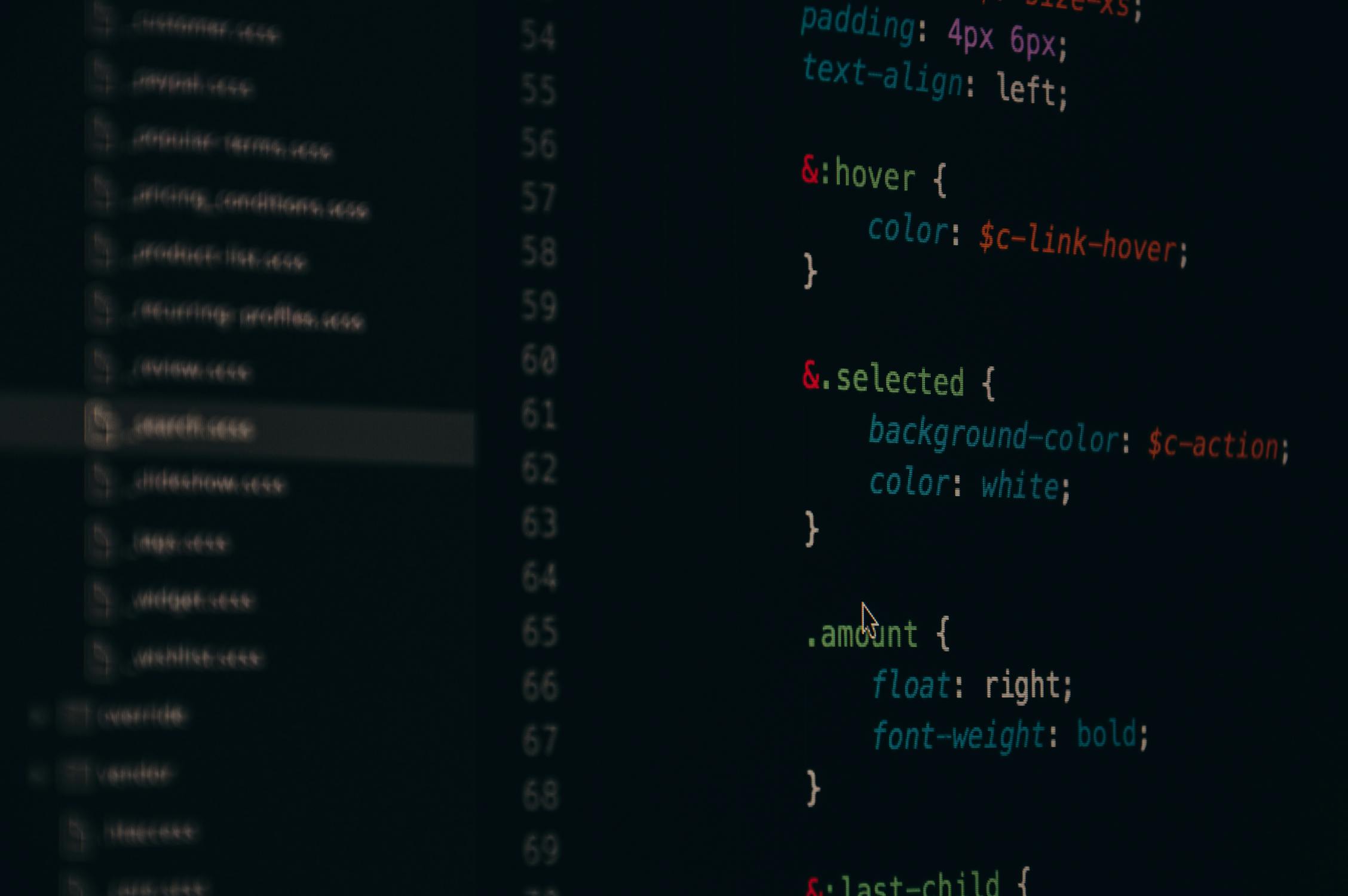Machine Learning for RNA Sequencing: Enhance Transcriptomic Research
RNA sequencing, often abbreviated as RNA-Seq, is like having a backstage pass to the concert of life happening inside cells. It allows researchers to peek into the symphony of gene expression, uncovering which genes are "on" or "off" and at what levels. This powerful tool has propelled transcriptomic research forward in ways previously unimaginable.

But here's where things get even more exciting: machine learning has entered the stage, transforming how RNA-Seq data is analyzed and understood.
Understanding RNA-Seq and Its Challenges
At its core, RNA-Seq generates massive amounts of data. Imagine trying to measure every drop in a waterfall, that’s similar to the challenge of capturing all the transcripts within a cell at any given time. Once the data is collected, making sense of it can feel
RNA-Seq data typically contains noise, biases, and hidden patterns that aren't always apparent through traditional analysis methods. Distinguishing between biologically significant variations and mere technical artifacts is a major hurdle. This is where machine learning has stepped in to make sense of this chaotic yet valuable information.
How Machine Learning Changes the Game
Machine learning excels at identifying patterns within large datasets, something RNA-Seq generates in abundance. By training algorithms on high-quality datasets, researchers can uncover relationships and trends that would otherwise remain hidden.
Consider supervised learning, one branch of machine learning. Supervised models can be trained to classify cell types based on their unique transcriptional signatures. Picture this like teaching a system to differentiate between apples and oranges by showing it numerous examples beforehand. Once trained, this model can analyze new RNA-Seq data and identify cell types with remarkable accuracy.
On the flip side, unsupervised learning methods explore the unknown. These models cluster data without prior labels, helping scientists discover novel subtypes of cells or unexpected gene expression patterns. Think of it as sorting a box of mixed candies into groups based on shape or color without knowing the names of each type beforehand.
Applications That Shine
Now let’s talk about some practical applications where machine learning makes an undeniable impact:
- Cancer Research: Tumors are often heterogeneous, containing multiple cell types with varying gene expression profiles. Machine learning algorithms help identify these differences, enabling precision medicine approaches tailored to individual patients. Studies published in journals such as Cell have demonstrated how ML-driven RNA-Seq analysis predicts treatment responses in cancers like melanoma.
- Neurological Disorders: Analyzing brain tissue is particularly tricky due to its complexity. Machine learning helps decode transcriptomic data from neurons and glial cells, shedding light on conditions like Alzheimer’s or Parkinson’s disease.
- Single-Cell Analysis: Single-cell RNA-Seq takes things a step further by examining individual cells rather than bulk populations. Machine learning tools like Seurat (satijalab.org) are designed specifically for these datasets, allowing researchers to map out cellular hierarchies or track developmental pathways.
The Tools Powering Machine Learning in Transcriptomics
A variety of tools and frameworks have been developed for integrating machine learning into transcriptomic research:
- TensorFlow and PyTorch: These general-purpose libraries have become staples for building custom machine learning models tailored to specific RNA-Seq projects.
- LASSO Regression: A favorite among biostatisticians, LASSO (Least Absolute Shrinkage and Selection Operator) helps identify key genes associated with diseases by shrinking less relevant features to zero.
- XGBoost: Known for its speed and performance on tabular data, XGBoost is often used in competitions like Kaggle for classifying biological samples or predicting outcomes based on gene expression profiles.
The tools are only as good as the data fed into them. High-quality annotated datasets such as The Cancer Genome Atlas (cancer.gov) provide a solid foundation for training robust models capable of producing reliable insights.
Challenges and Ethical Considerations
While the marriage of machine learning and RNA-Seq offers unprecedented opportunities, it’s not without challenges. Overfitting (a scenario where a model performs well on training data but poorly on new data) is one common pitfall researchers must address by carefully validating their models.
An additional layer of complexity arises when dealing with human-derived samples. Ethical questions surrounding privacy and consent must be handled with utmost care to ensure compliance with regulations like GDPR or HIPAA while still advancing scientific discovery.
The Potential Ahead
Imagine being able to predict disease onset years before symptoms appear simply by analyzing someone's transcriptome with advanced machine learning models. Or think about identifying therapies tailored so precisely that they target only malfunctioning cells while sparing healthy ones entirely. These aren’t far-off dreams; they’re becoming tangible realities as technology continues pushing boundaries.
The integration of machine learning into RNA sequencing represents a monumental leap for transcriptomic research. With innovation accelerating across both fields, we're witnessing discoveries that not only deepen our understanding of biology but also transform how we approach medicine altogether.
